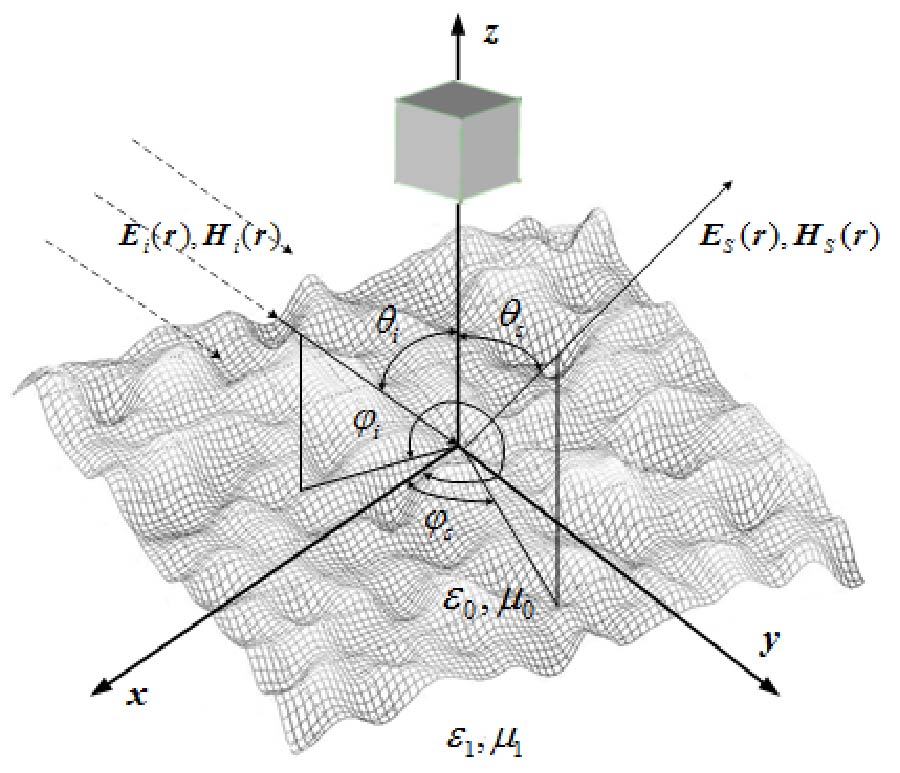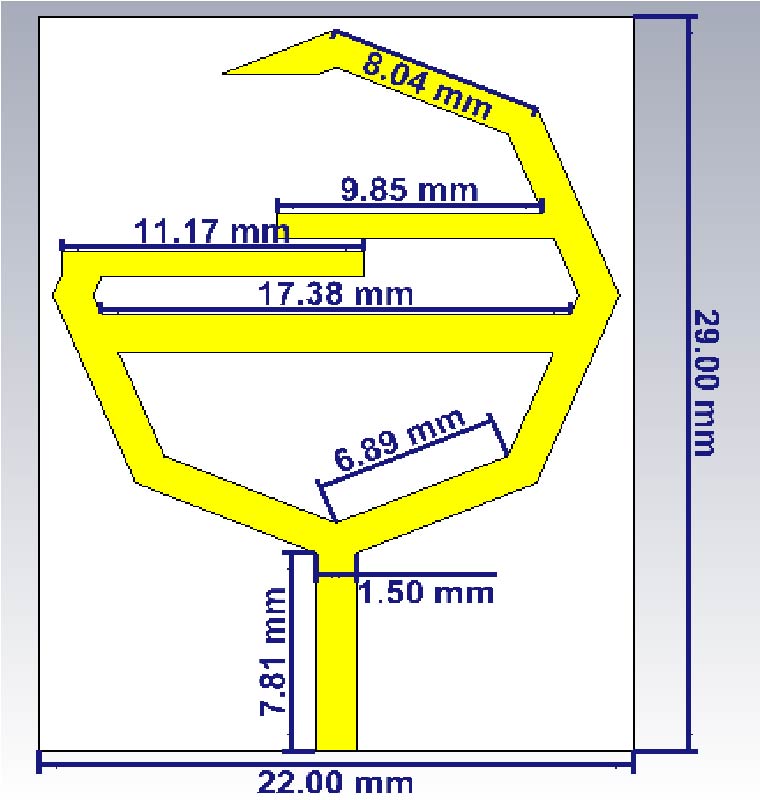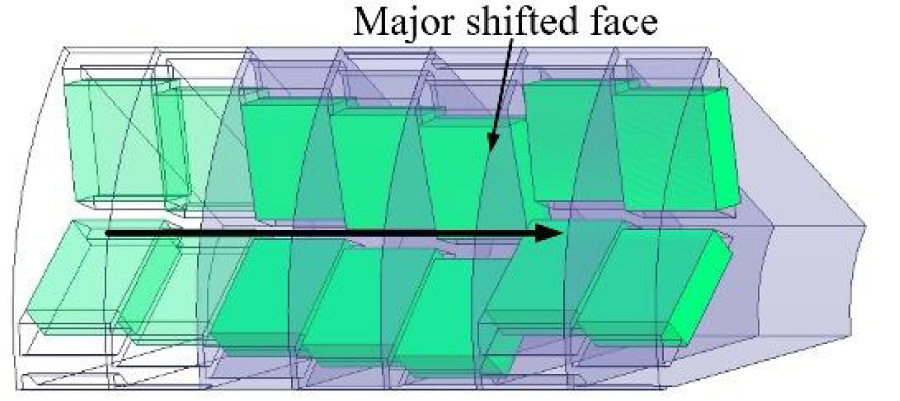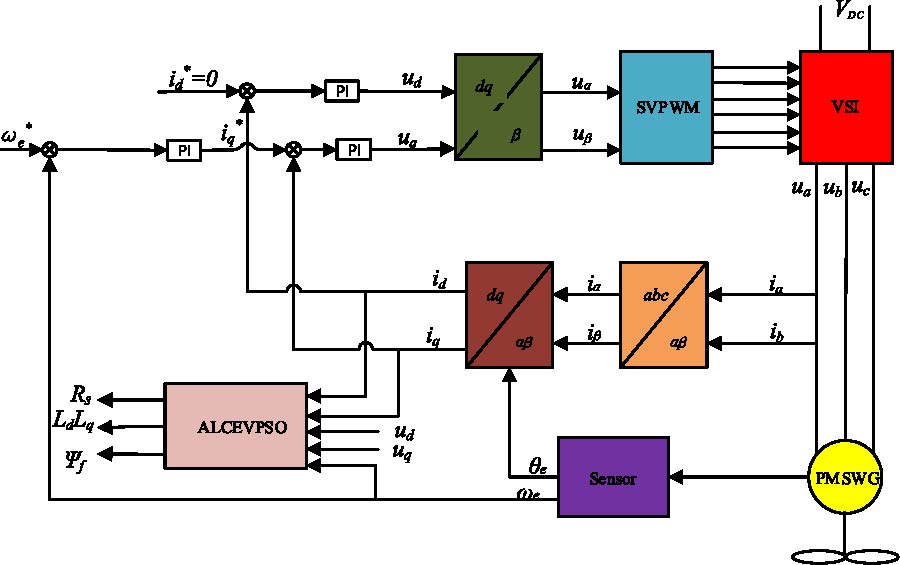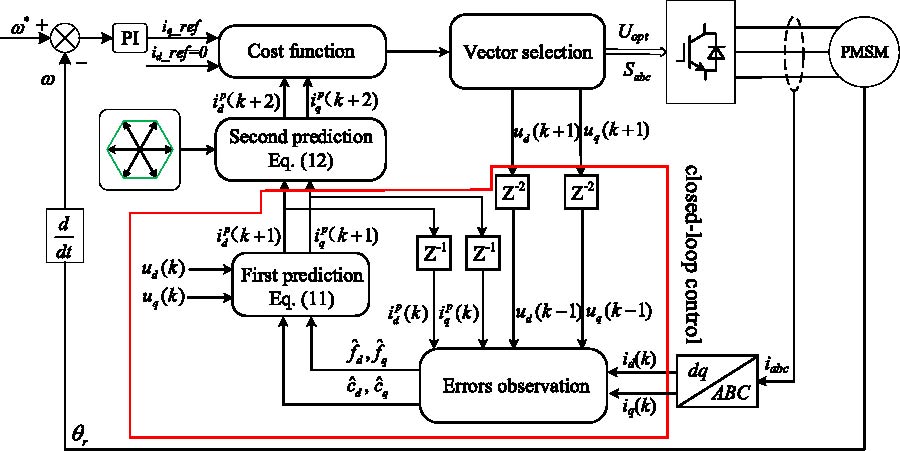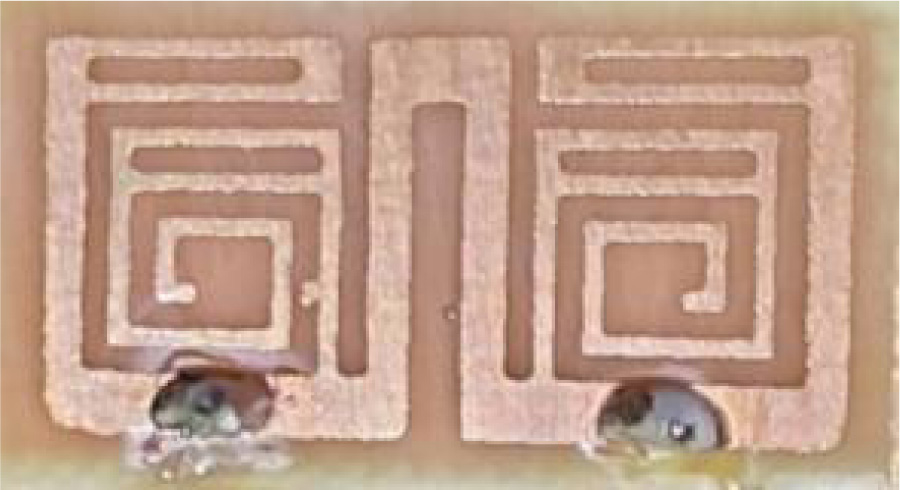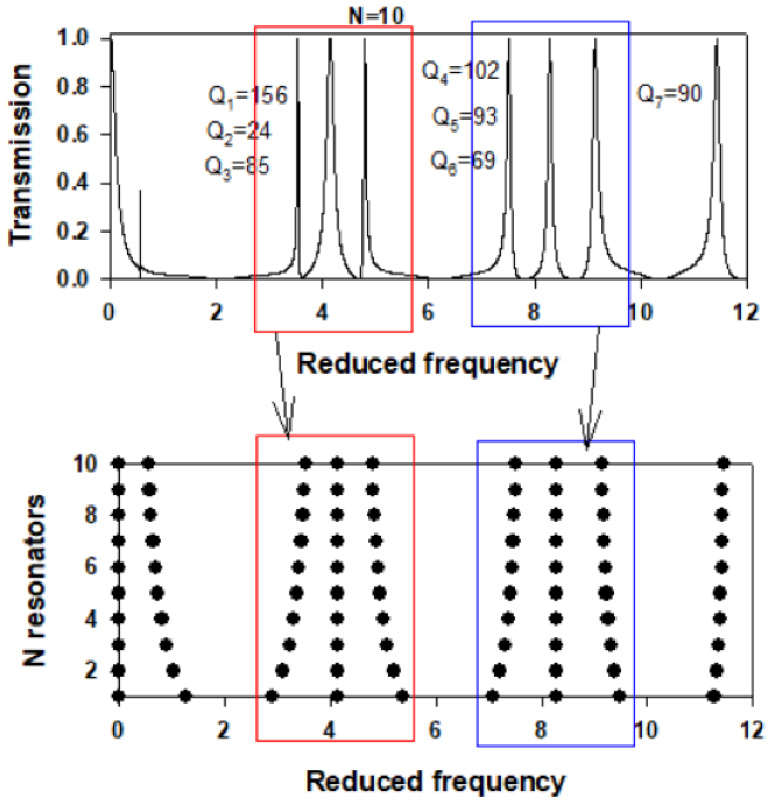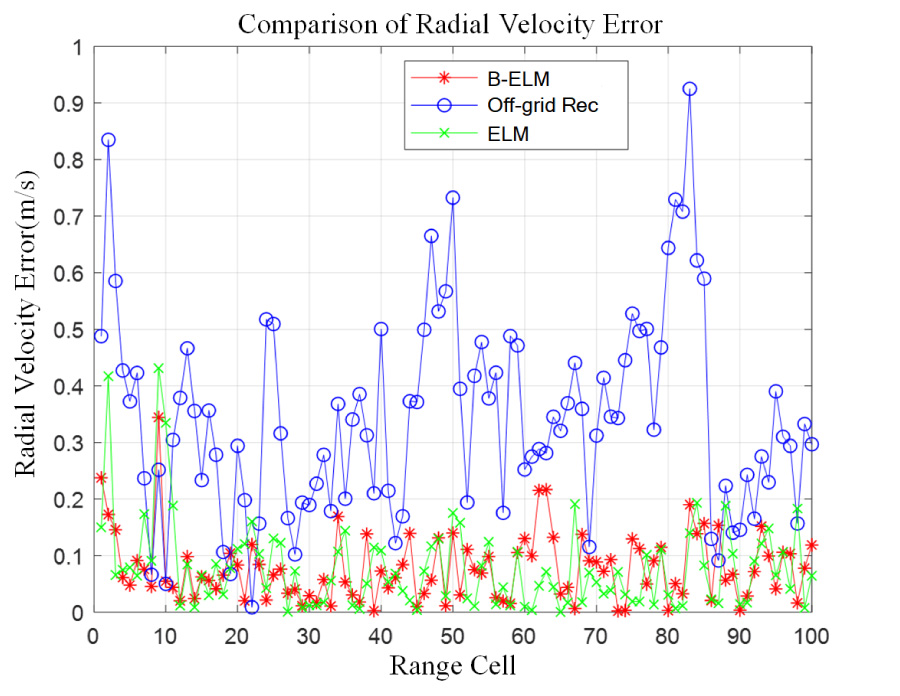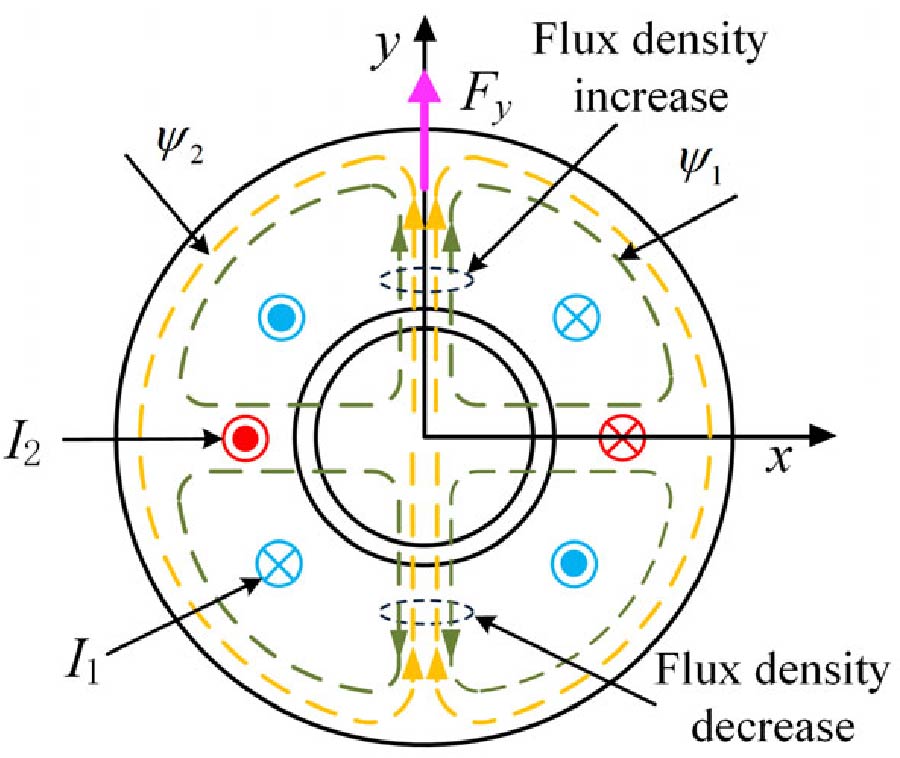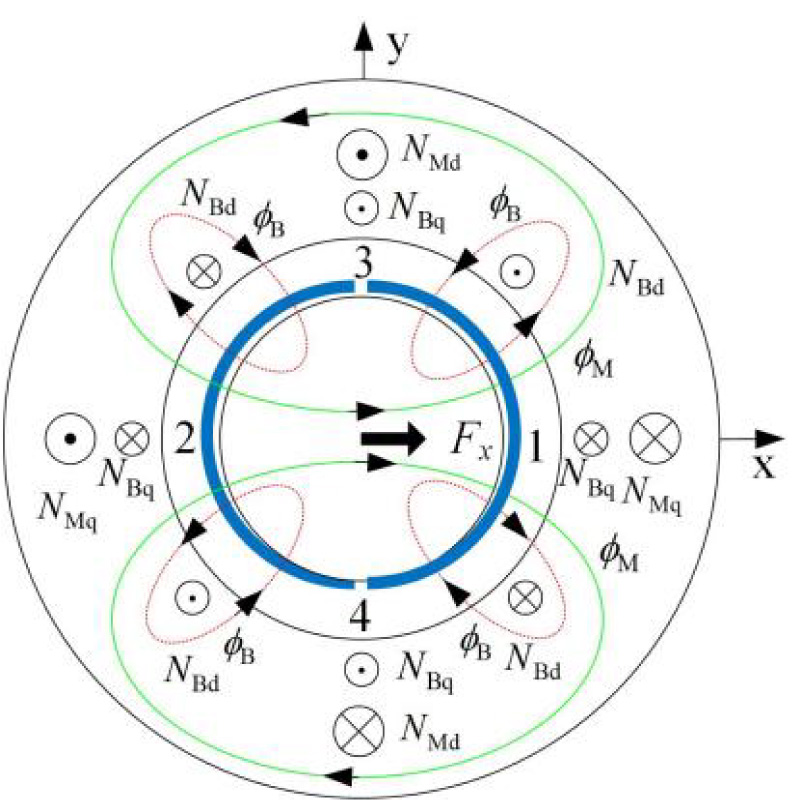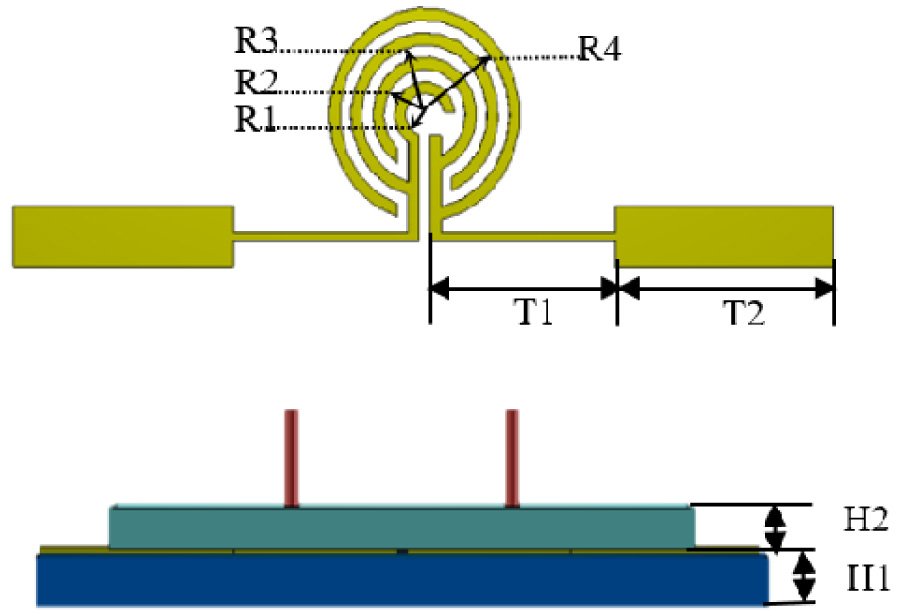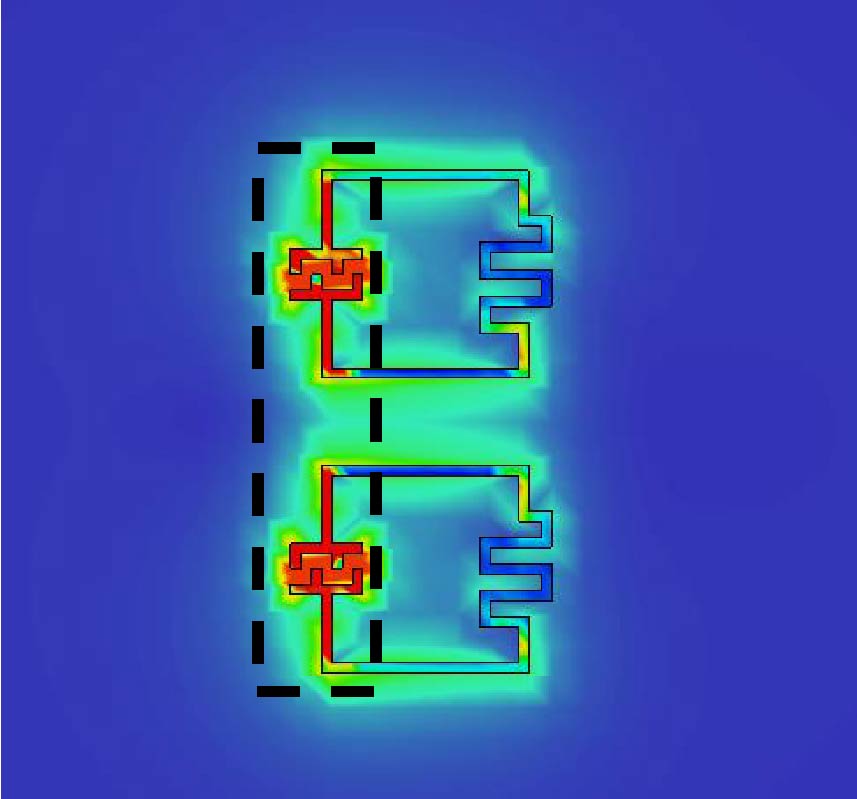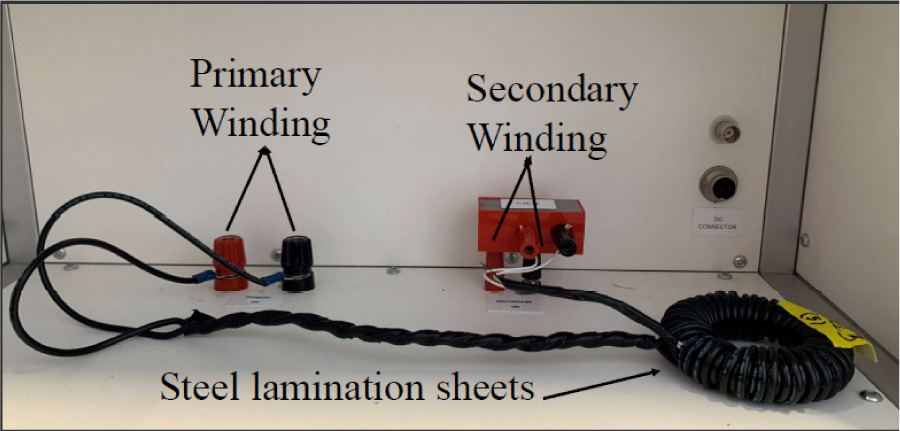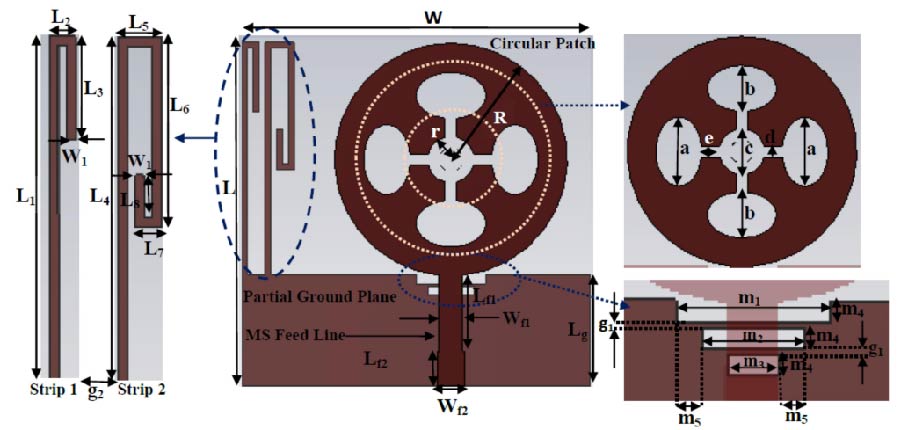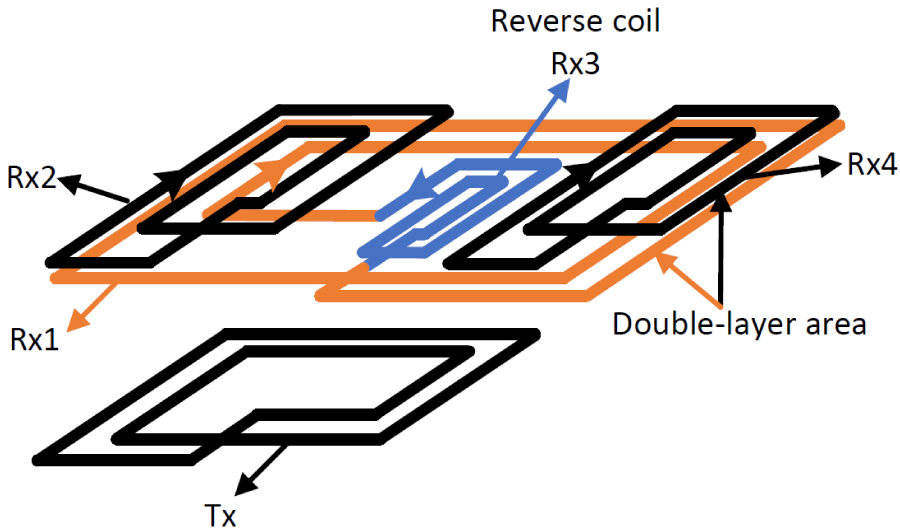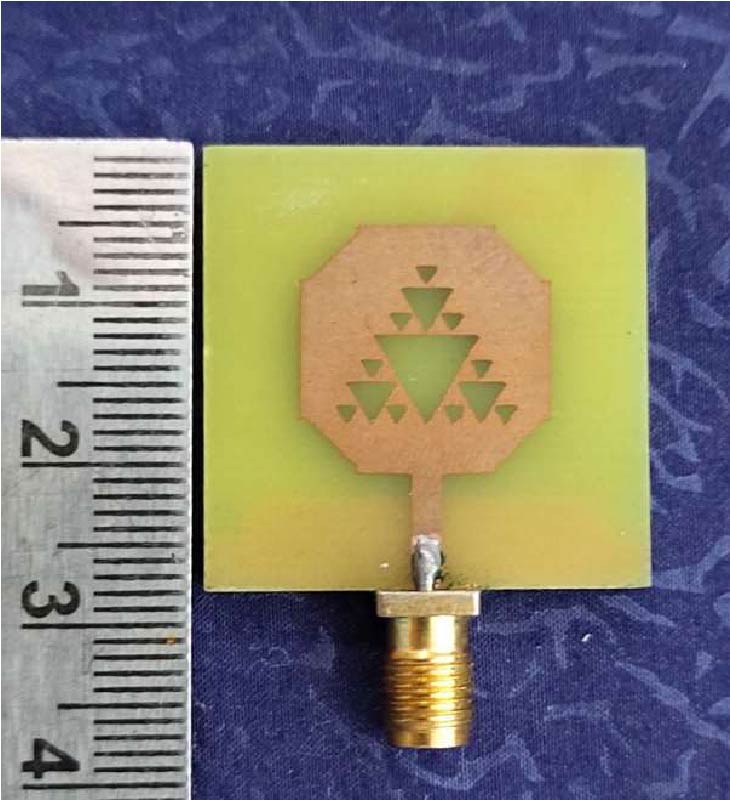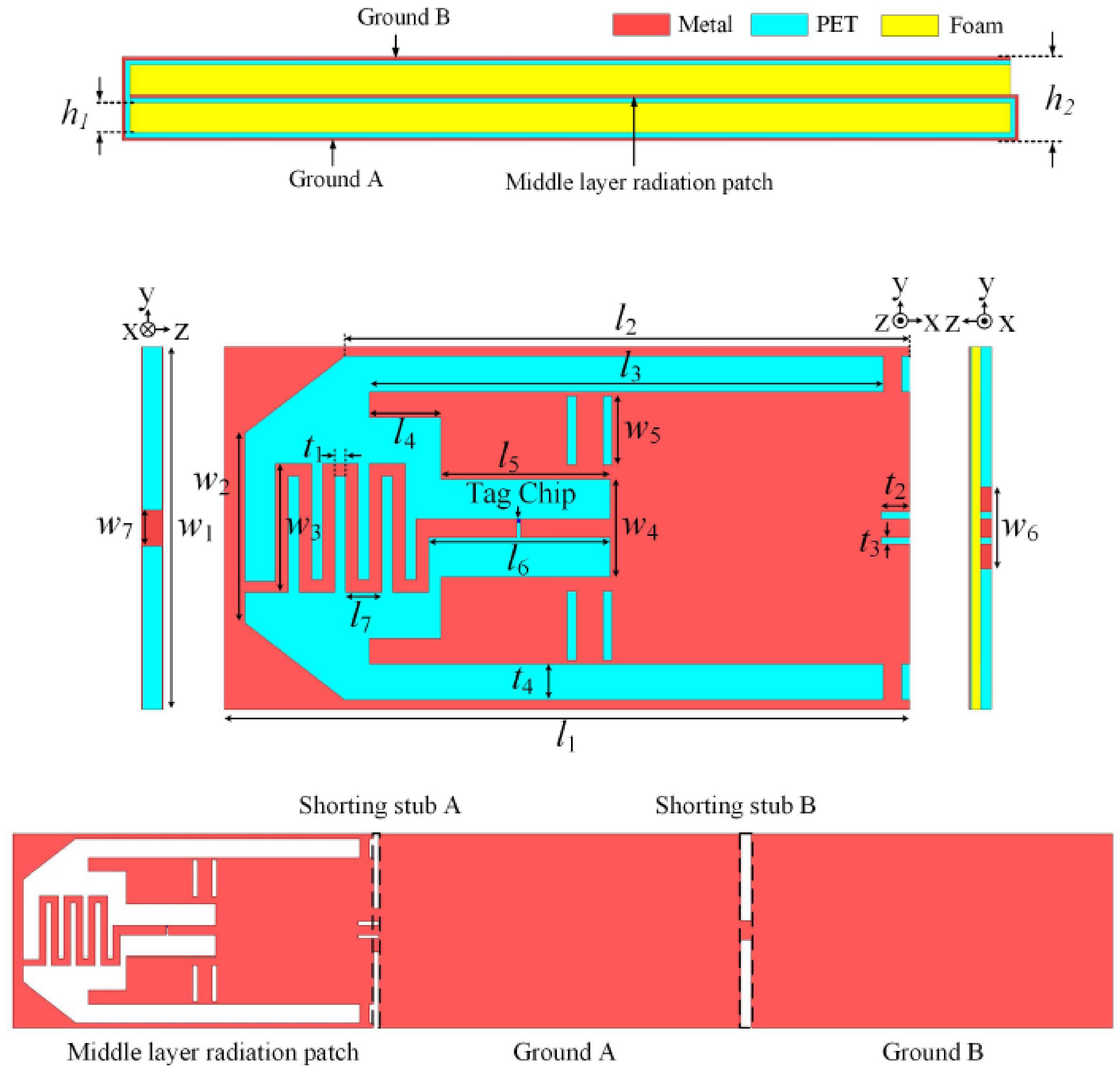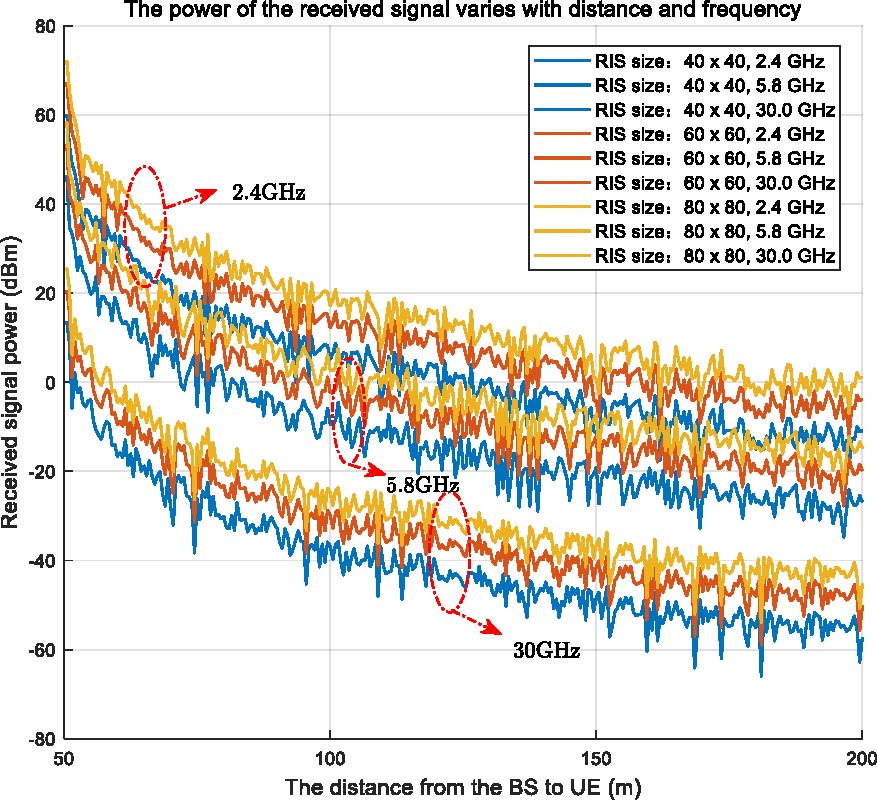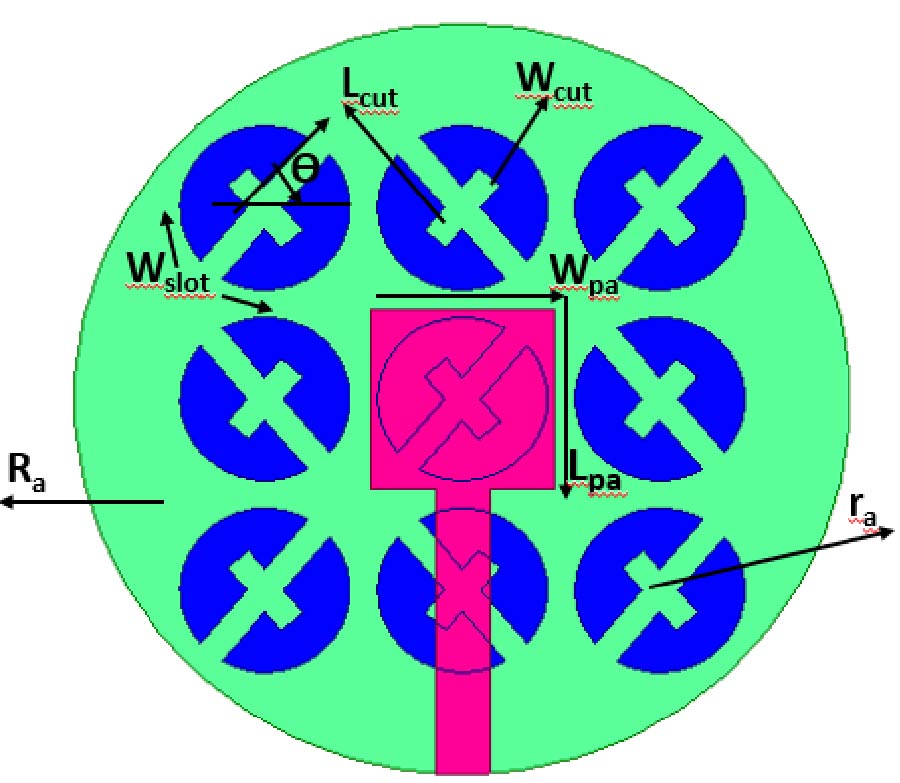Quad Band Split Octagonal Ring Antenna with Integrated Stub for Satellite Communication-Dependent Wireless Applications
Jambulingam Suganthi and
Thamizhchelvan Kavitha
The purpose of this study is to design a multiband antenna using metamaterial for efficient satellite communication. The majority of the antennae described in the available research suffer from a variety of limitations, including intricate designs, great footprints, and erratic radiation patterns. Therefore, there is a significant demand for antennae that are of a smaller size but nevertheless perform well. This paper proposes a quad-band stub-incorporated split octagonal ring antenna for satellite communication-dependent wireless applications. The suggested antenna is built on an FR4 substrate that measures 22×39×1.6 mm3. CST EM studio software is used for the entire simulation. The proposed antenna resonates at four different bands, with operating frequencies ranging from 2.15 GHz to 2.30 GHz, 2.86 GHz to 3.76 GHz (due to stub 1), 4.47 GHz to 5.24 GHz (due to stub 2), and 5.67 GHz to 6.35 GHz (due to stub 3). (due to gap between the stub). The proposed antenna has resonant frequencies of 2.23 GHz, 3.28 GHz, 4.77 GHz, and 5.89 GHz, and bandwidths of 153 MHz, 9011 MHz, 7692 MHz, and 6813 MHz. Parametric analysis is used to select the best values. The designed antenna is built and tested. The measured and simulated values for return loss, gain, E-plane, and H-plane are compared, and they agree. Its dual-band operation, compact size, steady radiation pattern, and gain above 1 dBi across the whole resonating band make it suited for ISM, WIFI, WLAN, WIMAX, 5G, and C band satellite applications.
